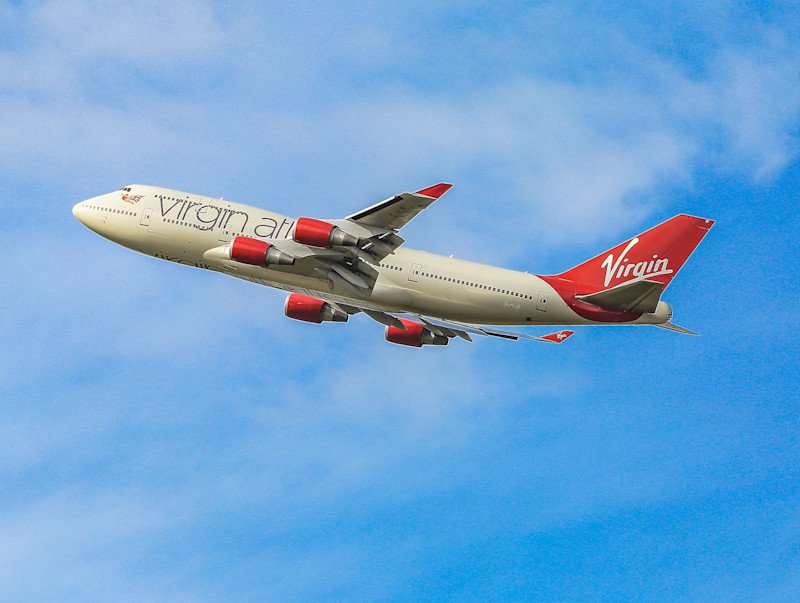A Virgin Atlantic plane appears to have set a brand new speed record for a Boeing 787 Dreamliner after it was clocked reaching a very impressive 801mph over the US.
The VS8 service from Los Angeles International to London’s Heathrow hit the top ground speed on Monday evening while flying at 35,000 feet over Pennsylvania, according to a flight tracking website.
It was pushed on its 5,449 mile journey by an extra strong jet stream that at times reached over 200mph over the eastern US states.
However, the huge speed didn’t last for long. When the plane started flying over the Atlantic, it dropped to around 710mph, according to FlightAware.
But it did mean that the flight landed at Heathrow’s Terminal 3 at 8.22am on Tuesday – 48 minutes ahead of schedule. The gate-to-gate flight time was nine hours, 34 minutes, and wheels up to touchdown took just nine hours, 13 minutes.
Boeing is unable to confirm if the speed reached by the Virgin Atlantic plane is a record for the twin engine jet as it does not track aircraft speeds.
The usual cruising speed for a Boeing 787 Dreamliner is 561mph.
The journey created a stir on Twitter with commercial jet pilot Peter James writing: ‘Almost 800mph, never seen this kind of tailwind in my life as a commercial pilot!! (200mph tailwind).’
Meteorologist Kevin Lighty added: ‘Now that’s some tailwind. A Virgin Atlantic flight from LA to London reached a speed of 801mph thanks to a roaring jet stream pushing the aircraft above normal speeds of around 550mph. Again this was ground speed and not air speed, but still very impressive.’
While David Priess tweeted: ‘A Virgin Atlantic Los Angeles-to-London flight on Monday got a ride on an especially powerful jet stream, reaching a stunning 801mph while over Pennsylvania.
‘This appears to be a record for the Boeing 787-9 twin jet, which ordinarily cruises at 561mph.’
Despite the speed achieved on Monday being more than the speed of sound (760mph), the flight didn’t actually go supersonic because the plane was travelling in a body of air that was already fast-moving. This increased the velocity needed to break the sound barrier.
In addition, commercial aircraft aren’t designed to handle the sudden drag and other effects that are created when breaking the sound barrier…



